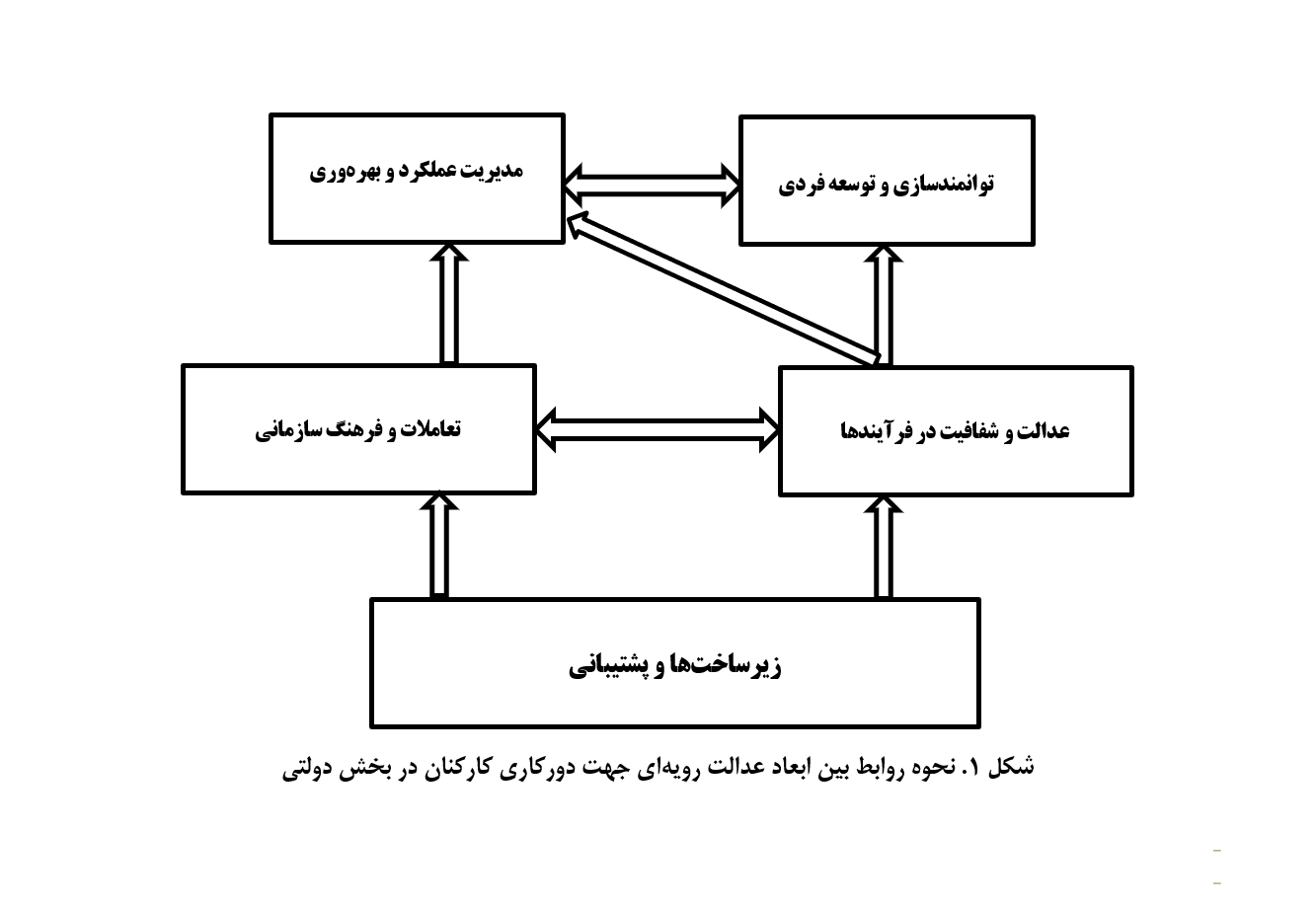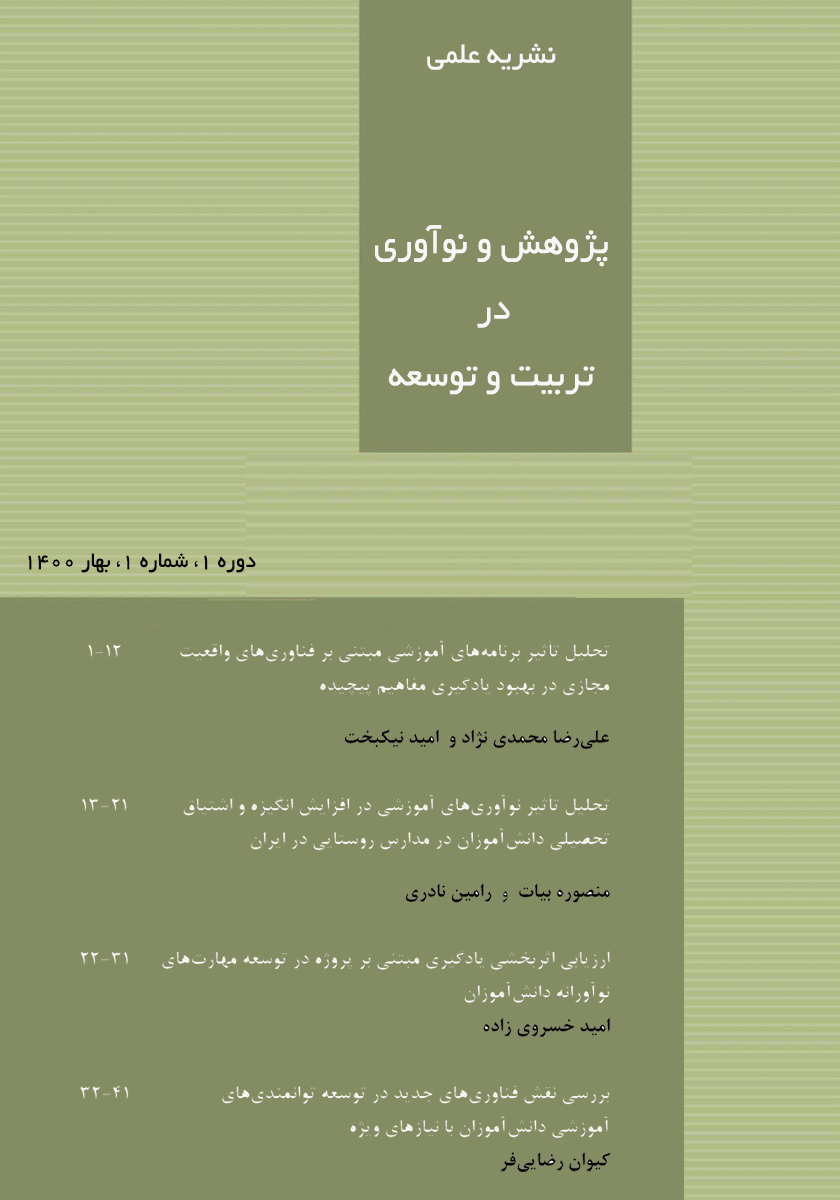Designing Internal Relationships Between Procedural Justice Dimensions for Remote Work in the Public Sector Using Interpretive Structural Modeling (ISM)
Keywords:
Procedural justice, employee teleworking, public sector, interpretive structural modelingAbstract
The primary aim of this study is to design the internal relationships between the dimensions of procedural justice to facilitate remote work for employees in the public sector using Interpretive Structural Modeling (ISM). Through a review of the literature and previous studies, as well as consultation with experts in public management and organizational behavior, five dimensions of procedural justice for remote work in the public sector were identified. These dimensions were classified using Interpretive Structural Modeling (ISM), which consists of six steps and employs a questionnaire as the primary tool for data collection. The findings of the study revealed that the variables related to infrastructure and support serve as the foundational elements of the model, influencing all other variables. In the subsequent levels, the variables of justice and transparency in processes and structures were found to impact empowerment, personal development, performance management, and productivity. For remote employees in the public sector, the implementation of procedural justice can yield numerous advantages, including enhanced individual and organizational performance.
Downloads
References
Kia Kojouri D, Shirazi SM, Haji Aghajani A, Rahmati Kezaz M. Designing a Qualitative Model of Procedural Justice for Remote Work of Employees in the Public Sector. Technology in Entrepreneurship and Strategic Management. 2023;2(3):155-68. doi: 10.61838/kman.jtesm.2.3.12.
Kim M, Beehr TA. Making the case for procedural justice: Employees thrive and work hard, motivational processes for the effect of justice. Journal of Managerial Psychology. 2020. doi: 10.1108/JMP-03-2019-0154.
Biloha AI. The rights of a remote worker as a guarantee of unhindered performance of the labor function. Naukovij vìsnik Užgorodsʹkogo nacìonalʹn. 2024;2(84):80-5. doi: 10.24144/2307-3322.2024.84.2.9.
Karimi P. Investigating the Impact of Information and Communication Technology on the Success of Remote Work, Cultural Heritage, Handicrafts, and Tourism Organization: Tarbiat Modares University; 2022.
Alipour H. Identifying and Ranking Human Resource Challenges to Enhance Productivity in Remote Work in Government Organizations. Productivity Management. 2019;14(52):97-116.
Zhang S, Moeckel R, Moreno AT, Shuai B, Gao J. A work-life conflict perspective on teleworks. Transportation Research Part A: Policy and Practice. 2021;141:51-68. doi: 10.1016/j.tra.2020.09.007.
Sohrabi B. Remote Work: Concepts and Planning Process2019.
Islam Panah M, Morovati L, Hosseini E, Moradpour A, editors. The Impact of Remote Work Strategy on Human Resource Performance with the Mediating Role of Innovation2024; Tehran.

Downloads
Published
Submitted
Revised
Accepted
Issue
Section
License
Copyright (c) 2025 Journal of Study and Innovation in Education and Development

This work is licensed under a Creative Commons Attribution-NonCommercial 4.0 International License.










